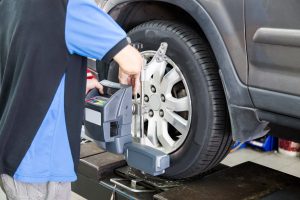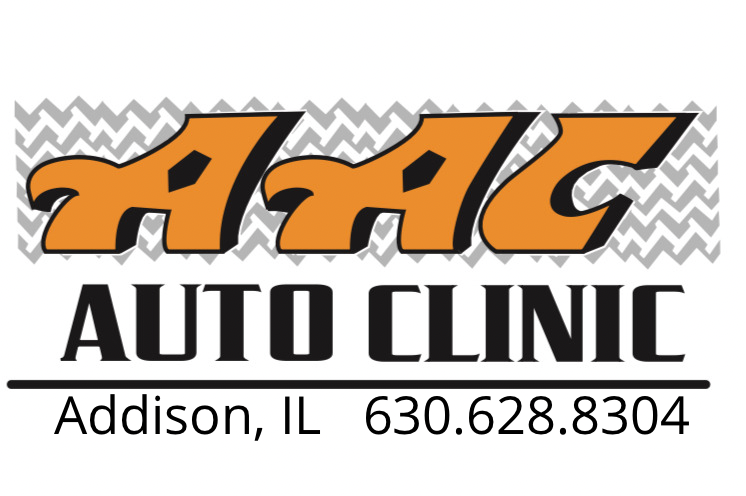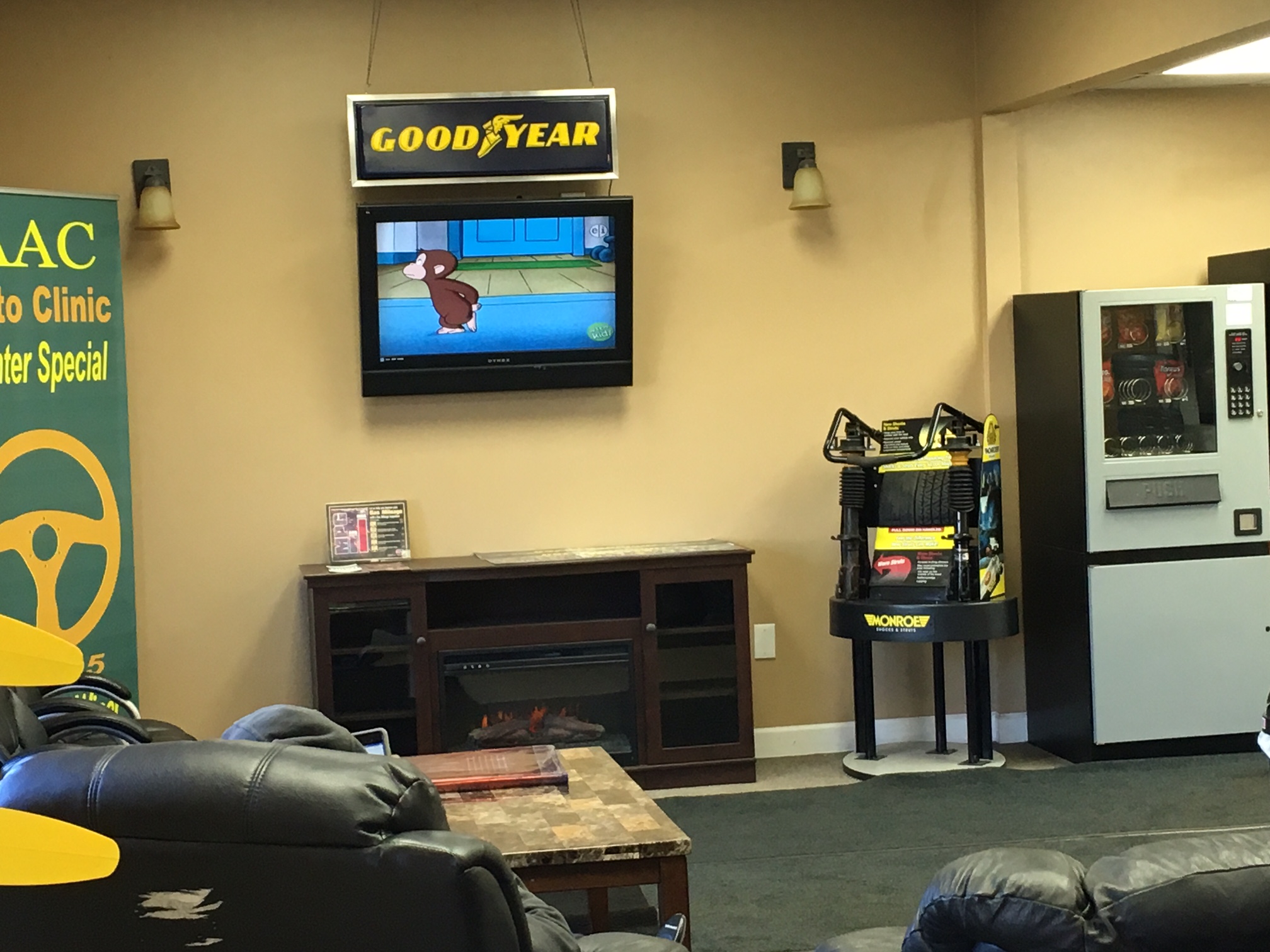Brake Replacement
The number one part that is replaced on your car is your brakes. That is because of how they work by using friction to slow down and stop your car. Because of this the pads and rotors of your car wear down as they are pressed together, but not many people know how long brake pads are suppose to last, and that is not an easy answer. There are a lot of factors that go into how long your brake pads should last. Vehicle type, how often you stop, and what materials your brake pads and rotors are made out of. If you don’t know if your brakes need to be replaced or you do and need somewhere a call. Take your car to AAC Auto and let their expert technicians help you.
 My car?
My car?
The size and weight of your vehicle is a big factor in how long your brake pads last. Because a larger vehicle takes more force to stop and thus more friction. That causes the pads and rotors to wear out faster. Smaller lighter vehicles have the longest brake lifespan. Another factor that could be the difference between two vehicles that are the same is transportation loads. A vehicle that is used to transport more than a vehicle of the same type will wear down its brake pads and rotors faster. This goes down to even the features, obviously lightweight features such as lights, radio, displays, and other small components have little impact on the performance of your brake pads. The features that can impact your vehicle are things like engine size, trailer hitch hookup, and larger wheels or other parts.
Stop and Go
The next factor that is equal to the type of vehicle you drive is how often you use your breaks. There is little difference between braking hard and braking soft when it comes to the wear on your pads. Though hard braking does put more stress on your vehicle’s parts and can cause warping on your rotors. Stop and go traffic has the worst impact on your pads lifespan. Open highway driving where you might stop once and awhile is the best. Though that does not mean driving in city or rural area means your brakes are doomed. Coasting slows down your vehicle and saves on your pads. When you see a red light or stop sign or stopped cars ahead, take you foot off the gas. This helps to not only reduce your speed, but reduces the amount that your pads need to work to slow your vehicle as well.
The material that your brake pads are made out of will affect how quickly they need to be replaced. At the moment the cost of the pads is reflective on how much they last. Originally asbestos was used to manufacture brake pads, but obviously those have been replaced. The most common type of brake pad out there and the cheapest is Organic brake. These are not called organic because they are made out of organic materials, but because their name is NAO (non-asbestos organic). They are made by combining various materials with a binding agent. These materials often include glass, fiber, rubber, carbon and Kevlar inside the pad itself. Because of the low production cost they are often the standard brake pads that are included in the sale of new cars, but that does not mean they are bad. There are several benefits to organic pads than just cost.
- Soft, quiet, easy on brake rotors
- Don’t require much heat to generate good friction
- Produce less dust than metallic pads
- Low manufacturing cost
- Suitable for normal driving/commuting across many environments
- Perfect for everyday vehicles and drivers
Though they are not without their drawbacks
- Only operate well within a relatively limited temperature range
- Wear out quickly compared to other types of brake pads
- High compressibility – can cause “mushy” brake pedal feel
- Will quickly lose their coefficient of friction when overheated
- Not at all suitable for performance driving
The next type of brake pad that is commonly seen is the semi-metallic brake pad. This is similar to the organic brake pad, but have 30-65%. The most common types of metals found in these pads are steel, iron, and copper. The metal that is inserted into the pad helps dissipate heat away from the rotor. This reduces the temperature generated from braking reducing the chances of a rotor
warping from heat. They also have other benefits to them as well.
- Dramatically increased braking performance over organic pads
- Have a much higher thermal threshold due to metallic content
- Still provide good cold bite
- Have a much wider operating range (temperature)Low compressibility – will provide a firmer brake pedal feel
- Much more resistant to brake fade than organic pads
- Numerous compounds available – suitable for anything from daily street driving to extreme track use
But every positive always comes with a cost
- Tend to be noisier than organic or ceramic pads
- Produce more brake dust
- More abrasive than other types of pads – will wear brake rotors more quickly
- More expensive than organic pads (but generally cheaper than ceramic)Require careful and proper bedding-in for best performance
The last type of brake pad that is available for your vehicle is a relatively new one to the other two. Ceramic brake pads have only been around since the 1980s and use a dense ceramic material, like those found in pottery.
- Quieter than semi-metallic pads – emit noises that are above the range of human hearing
- Produce finer, lighter-colored brake dust which does not stick to wheels
- Longer lifespan than organic or semi-metallic
- Stable under a wide range of temperatures for consistent performance
Though while better than organic and semi-metallic, they do have drawbacks as well.
- Typically the most-expensive type of brake pad
- Do not produce as much cold bite as semi-metallic pads – may not be ideal in extremely cold climates
- Do not absorb heat as well as semi-metallic pads which can increase brake system temperatures
- Good all-around braking characteristics but were never designed as heavy duty/racing brake pads
Brakes
Whatever the need you have replacing your brakes is not as simple as most people think. There are several specialized tools and techniques that are needed to replace brakes that the experts at AAC have and know to safely replace your brake pads and rotors. Having your brakes go out is dangerous and potentially deadly for you and other people on the road. Make sure they are done right by visiting AAC today.









